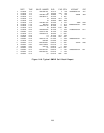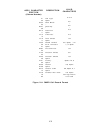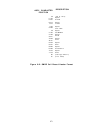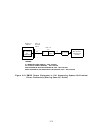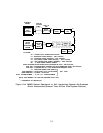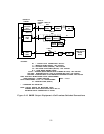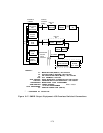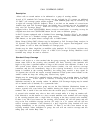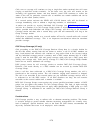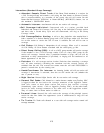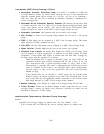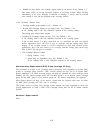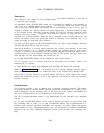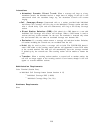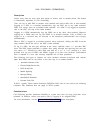CALL COVERAGE—GROUP
Description
Allows calls to covered stations to be redirected to a group of covering stations.
A total of 32 standard Call Coverage Groups may be assigned; for V2 systems, an additional
32 “DGC” call coverage groups maybe assigned.
Each standard group may be covered by up
to eight call coverage receivers (buttons). There is no limit on the number of covered users
(senders) that each Call Coverage Group can include, but a covered user can be assigned to
only one Call Coverage Group.
Each call coverage receiver must have a multiline set
equipped with a Cover (COVER-GRP) button, except as noted below. A covering set may be
assigned more than one COVER-GRP button for the same or different groups.
In R1V2 Systems equipped with a Switched L
OOP Attendant Consoles (SLAC), the console
queue can serve as a standard coverage group receiver.
The consoles cannot have COVER-
GRP buttons, so the queue directs coverage calls to LOOP buttons.
Direct Group Calling (DGC) Groups may be designated as Call Coverage Group receivers in
V2 Systems. This provides the capability for System 25 to support “non-integrated” voice
mail systems as well as allow the formation of coverage pools.
Senders may be either single-line or multiline voice terminals. In V2 systems, receivers may
be single-line voice terminals if part of a DGC Call Coverage Group. Multiline voice
terminals may always be used as receivers
Standard Group Coverage
When a call arrives at a voice terminal that has group coverage, the COVER-GRP or LOOP
button status LED at the covering voice terminals will flash. Covering voice terminals will
begin to ring after a specified number of rings at idle covered voice terminals. If there is no
idle system access button at the covered station (sender), the call receives coverage
treatment, and the call immediately rings at the covering terminal(s). If no idle cover
button is available at the covering terminal(s), the calling party receives a busy signal. In
V1 Systems, the call will not receive coverage treatment if both system access buttons on the
sender’s station are busy; the calling party receives busy signal.
Ringing may be turned off at standard receiver stations for each covering button, as desired
(not recommended).
If this option is selected, a flashing status LED will be the only
indication received at the covering station.
In addition, Call Coverage ringing may be turned
off on internal calls (if desired) on a system-wide basis.
A member of a standard receiver group can use the Line Selection (Preelection) feature to
answer covered calls even before any audible alerting has begun at the covering user’s
terminal. This is useful if the user knows that the covered party is unavailable.
A covered voice terminal may elect to have calls covered while it is busy on another call.
Calls directed to an idle button on a busy covered multiline voice terminal will start ringing
at the covering terminal after a single burst of ringing at the busy covered voice terminal.
If there is no idle Cover button on the covering voice terminal, the call will queue and will
ring at the first available coverage receiver (V2 only); in a V1 system, the call will not
receive coverage treatment.
Calls directed to a busy single-line voice terminal will start
ringing immediately at the covering terminal.
If there is no idle Cover button on any
covering terminal, either individual or group, the call will not receive coverage and the
calling party will receive Busy Tone.
2-77



